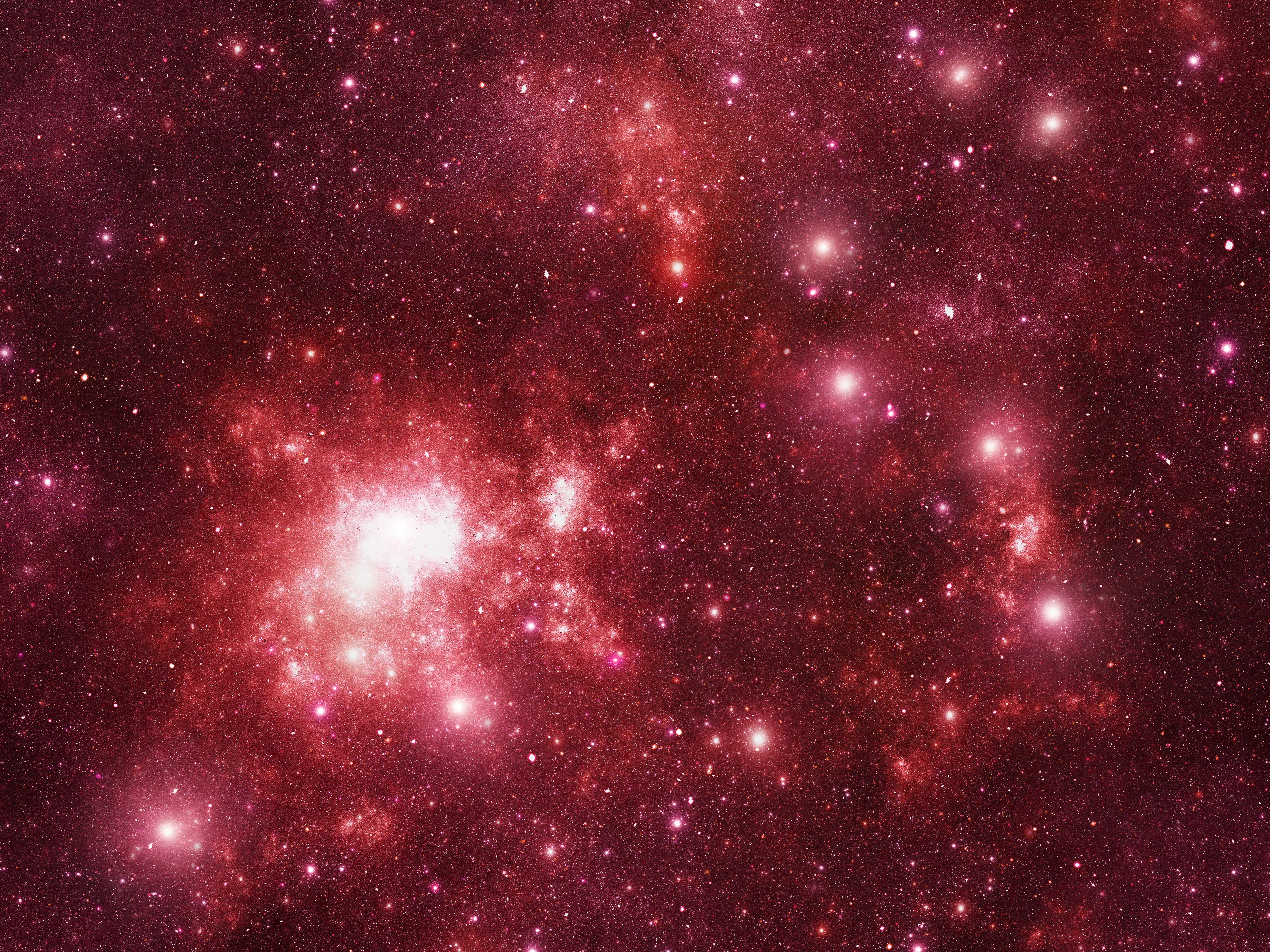Stargazing in March: Leo’s leading light
The month begins with the brilliant planets Venus and Jupiter up close and personal in the west as the sky grows dark, writes Nigel Henbest

Your support helps us to tell the story
From reproductive rights to climate change to Big Tech, The Independent is on the ground when the story is developing. Whether it's investigating the financials of Elon Musk's pro-Trump PAC or producing our latest documentary, 'The A Word', which shines a light on the American women fighting for reproductive rights, we know how important it is to parse out the facts from the messaging.
At such a critical moment in US history, we need reporters on the ground. Your donation allows us to keep sending journalists to speak to both sides of the story.
The Independent is trusted by Americans across the entire political spectrum. And unlike many other quality news outlets, we choose not to lock Americans out of our reporting and analysis with paywalls. We believe quality journalism should be available to everyone, paid for by those who can afford it.
Your support makes all the difference.The proud celestial lion, Leo, is among our oldest constellations. Before Stonehenge or the Egyptian pyramids were built, astronomers in the country of Elam – on the north-eastern shore of the Persian Gulf – celebrated these stars with the name of their most fearsome natural predator.
Elamite inscriptions teem with depictions of both lions and bulls, and they transferred their veneration to the heavens. Five thousand years ago, they named the star pattern where the Sun crossed the equator at the Spring Equinox “the bull in front”: our constellation Taurus. And the constellation where the Sun lay when it was most ferocious, at Midsummer, they named after the lion.
While many other star patterns have changed their names over the millennia – Aries, the Ram, for instance was the Farm Labourer in ancient Mesopotamia – Taurus and Leo have kept their ancient designations.
Since those ancient times, Leo’s leading light has been known as “the king star” – Regulus in Latin. Today we know Regulus is a hot blue-white star, 79 light years away and shining as brightly as 360 Suns. This star is also a celestial whirling dervish, spinning faster than the Earth even though it’s four times wider than the Sun. As a result, Regulus’s equator bulges out like a tangerine: if its rotation rate were just 10 per cent faster, the star would fly apart.
Regulus marks the lion’s heart, and if you link the constellation’s stars with the imaginary lines in the chart, you can easily make out the shape of a crouching feline, ready to pounce. The star at the left of the constellation, Denebola, appropriately means “the lion’s tail”. It’s a white star, almost twice as massive as the Sun, and surrounded by a ring of cool dust.
Rising upwards from Regulus is a curved line of stars called the Sickle, after the traditional agricultural instrument. In the 21st century, more people can relate to the description “a back-to-front question mark”. It depicts the lion’s chest, shoulder neck and head.
The star in the shoulder, Algieba, is a delight in a small telescope: a close pair of stars, the brighter orange-red and its companion yellow. Because the human eye and brain like to accentuate contrasts, you may find the fainter star looking greenish, even though there’s no such thing as a green star.
The name Algieba means “the forehead”, which seems odd for a star in the lion’s shoulder. But that’s because the Arabs had an alternative way of connecting up the stars in this part of the sky, to create the “superlion”. We view this mighty beast from the top with its limbs splayed out, rather than in profile, and it filled most of the southern sky. Regulus was still the lion’s heart, but his massive front legs reached out through Cancer, with one forepaw marked by Procyon and the other by Castor and Pollux. At the other end of his extended body, the superlion’s back paws were depicted by Spica and Arcturus.
What’s Up
The month begins with the brilliant planets Venus and Jupiter up close and personal in the west as the sky grows dark. During March, Jupiter drops down into the twilight glow, while Venus rises ever higher in the sky. The crescent Moon joins them on 23 and 24 March, forming a stunning trio of the brightest lights in the night sky.

High in the southern sky you’ll find Mars, between the constellations Taurus and Gemini. The Red Planet is growing fainter as its distance increases, and its brightness is now on a par with the most prominent stars in this region: Capella, Aldebaran, Betelgeuse, Castor and Pollux.
These winter stars are now beginning to set in the west, marking the change in the seasons.
The Spring Equinox falls on 20 March, when days become longer than nights, and British Summer Time starts on 26 March. In the sky, seek out the spring constellations rising in the east: Leo (see main story) along with Cancer and Virgo – also in the Zodiac – flanked by Hydra and Boötes, featuring the luminous red giant Arcturus.
Diary
5 March: Moon near Regulus
7 March: Full Moon
9 March: Moon near Spica
10 March: Moon near Spica
15 March, 2.08am: Last Quarter Moon
20 March, 9.24pm: Spring Equinox
21 March, 5.23pm: New Moon
23 March: Moon between Venus and Jupiter
24 March: Moon near Venus
25 March: Moon near the Pleiades
26 March, 1.00am: BST begins
26 March: Moon near Aldebaran
28 March: Moon near Mars
29 March, 3.32am: First Quarter Moon near Castor and Pollux
Nigel Henbest’s latest book, Stargazing 2023 (Philip’s £6.99) is your monthly guide to everything that’s happening in the night sky this year

Join our commenting forum
Join thought-provoking conversations, follow other Independent readers and see their replies
Comments